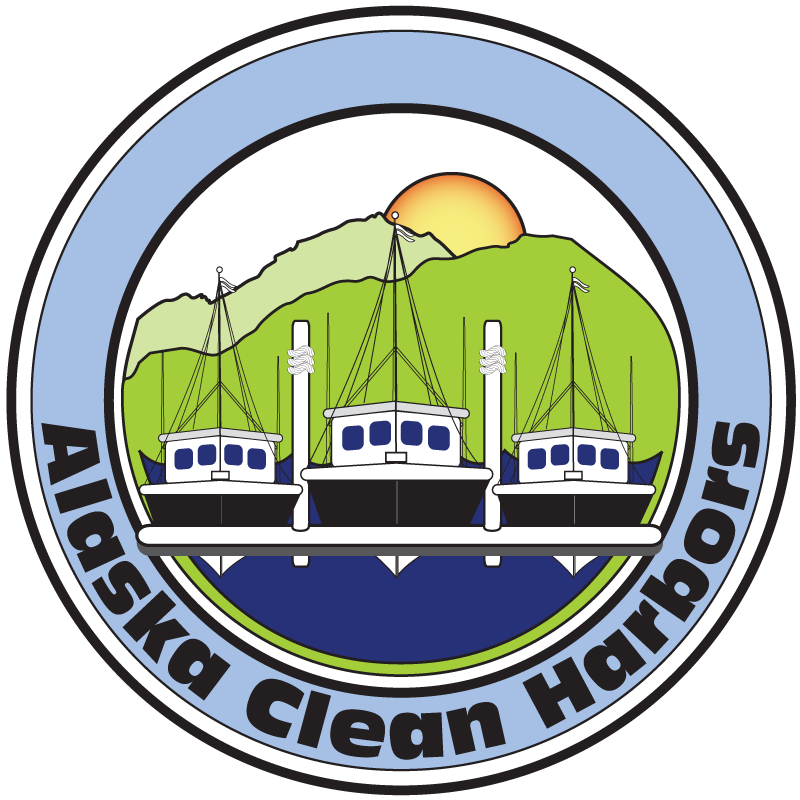Understanding types of hazardous waste at your facility
When conducting a hazardous waste determination, you need to know a little bit about the different types of hazardous waste and how hazardous wastes are categorized.
listed wastes
Listed Wastes are deemed hazardous by EPA and the state of Alaska. A determination should be done on all accepted wastes to decide whether or not disposal is subject to hazardous waste requirements. Scroll over each list of wastes to learn more.
F List identifies wastes from certain industrial or manufacturing processes across different sectors. F list wastes are in seven subgroups. Harbors are most likely to run into the first subgroup of these – spent solvents used in cleaning and degreasing. You can find F list wastes here (http://www.gpo.gov/fdsys/pkg/CFR-2012-title40-vol27/xml/CFR-2012-title40-vol27-sec261-31.xml)
K List wastes are particular wastes from certain industries. Most harbors will not generate K List wastes, however these wastes can be found here (http://www.gpo.gov/fdsys/pkg/CFR-2012-title40-vol27/xml/CFR-2012-title40-vol27-sec261-32.xml)
P and U Lists are similar in that both list as hazardous certain commercial chemical products when they are discarded or intended to be discarded. These include wastes that are defined as being acute hazardous wastes (P list) and toxic hazardous wastes (U list). Certain unused solvents and other toxic chemicals may be generated at your facility and fall under one of these lists. They can be found here (http://www.gpo.gov/fdsys/pkg/CFR-2012-title40-vol27/xml/CFR-2012-title40-vol27-sec261-33.xml)
Characteristically hazardous wastes
Characteristically Hazardous Wastes are those wastes that have any of the following characteristics:
- Ignitability
- Corrosivity
- Reactivity
- Toxicity
If something at your shop or used by your customers falls into any of these categories, it is characterized as a hazardous waste. Again, if you don’t know - check the SDS!
universal wastes
EPA’s Universal Waste regulations (adopted by Alaska) help to streamline hazardous waste management standards for certain waste streams to encourage recycling. Universal wastes include batteries, pesticides, mercury containing equipment (i.e. thermostats & switches) and electric lamps (i.e. fluorescent, high-intensity discharge, sodium vapor and mercury vapor). As a harbor operator, lead-acid batteries are likely your largest source of universal waste.
excluded wastes
Excluded Wastes are a group of certain solid wastes which EPA has excluded from the definition of hazardous waste. Properly drained oil filters are included in this list. You can find out more about excluded wastes here.
used oil (for recycling)
Used Oil is managed separately from the above hazardous waste categories. Check out our page on Petroleum Product resources for more information on managing used oil.
